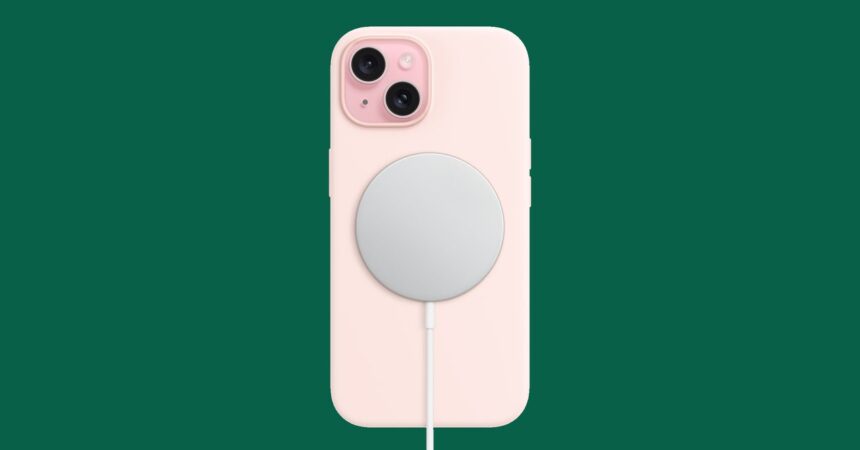It’s somewhat amusing, but we at WIRED have always been proponents of wireless charging. Avoiding the hassle of tangled cables is simply delightful! Currently, most wireless charging gadgets adhere to the Qi (pronounced chee) standard, which has gradually achieved widespread acceptance. (The user experience has sometimes left much to be desired.) In early 2023, the Wireless Power Consortium, responsible for the charging protocol, unveiled its next-gen version titled Qi2. This new Qi2 wireless charging technology promises perfect alignment, potentially facilitating a connection between Android and iPhone accessories.
Regrettably, the rollout of Qi2 has not been as swift or extensive as we had anticipated. While every iPhone from the 12 series onward is now Qi2-compatible, there was only one Qi2-certified Android device launched in 2024—the HMD Skyline. We were disappointed to discover that it was incompatible with some older Qi chargers. Expectations that 2025 could present a different scenario have already been dampened by the revelation that Samsung’s Galaxy S25 is only classified as Qi2 Ready. So, what’s the situation with Qi2?
Updated February 2025: We have included additional information regarding Qi2 adoption and clarified the new Qi2 Ready cases and devices such as Samsung’s Galaxy S25.
What Is Qi2?
Photograph: Simon Hill
Qi2 is an open wireless charging standard developed by the Wireless Power Consortium (WPC), featuring significant enhancements over the original Qi standard. The standout feature is the Magnetic Power Profile (MPP), which draws inspiration from Apple’s MagSafe technology. (Apple played a role in the creation of the Qi2 standard.) This feature allows devices bearing the Qi2 branding to incorporate a ring of magnets for perfect alignment with chargers, enabling faster charging speeds.
There’s also another standard known as the nonmagnetic wireless charging Extended Power Profile (EPP). According to WPC’s Paul Golden, EPP describes devices that comply with the standard but aren’t officially recognized as Qi2, meaning they cannot display the Qi2 logo or be marketed as such. Golden explained in an email to WIRED that these devices would bear the Qi logo instead of Qi2, and packaging or marketing materials must clearly state that the device lacks magnets. Any device labeled as Qi2 must be MPP and include magnets.
To make matters even more complex, we have the “Qi2 Ready” designation for Samsung’s Galaxy S25 series. While the Galaxy S25, S25+, and S25 Ultra support the Qi wireless charging standard out of the box, they do not include magnets. However, you can obtain magnets by purchasing Qi2 Ready cases (from Samsung or third-party sellers). By combining a certified Qi2 Ready case with a Qi2 Ready phone, you essentially create a Qi2 device (which provides the same superior charging speed and efficiency) compatible with Qi2 power banks and chargers.
This bothersome and rather perplexing interim measure is likely a result of lengthy phone development cycles and the challenges of incorporating magnets into their designs. On a positive note, since Qi2 Ready is a more economical and straightforward option, it might serve as a pathway to integrating Qi2 technology into more budget-friendly smartphones.










